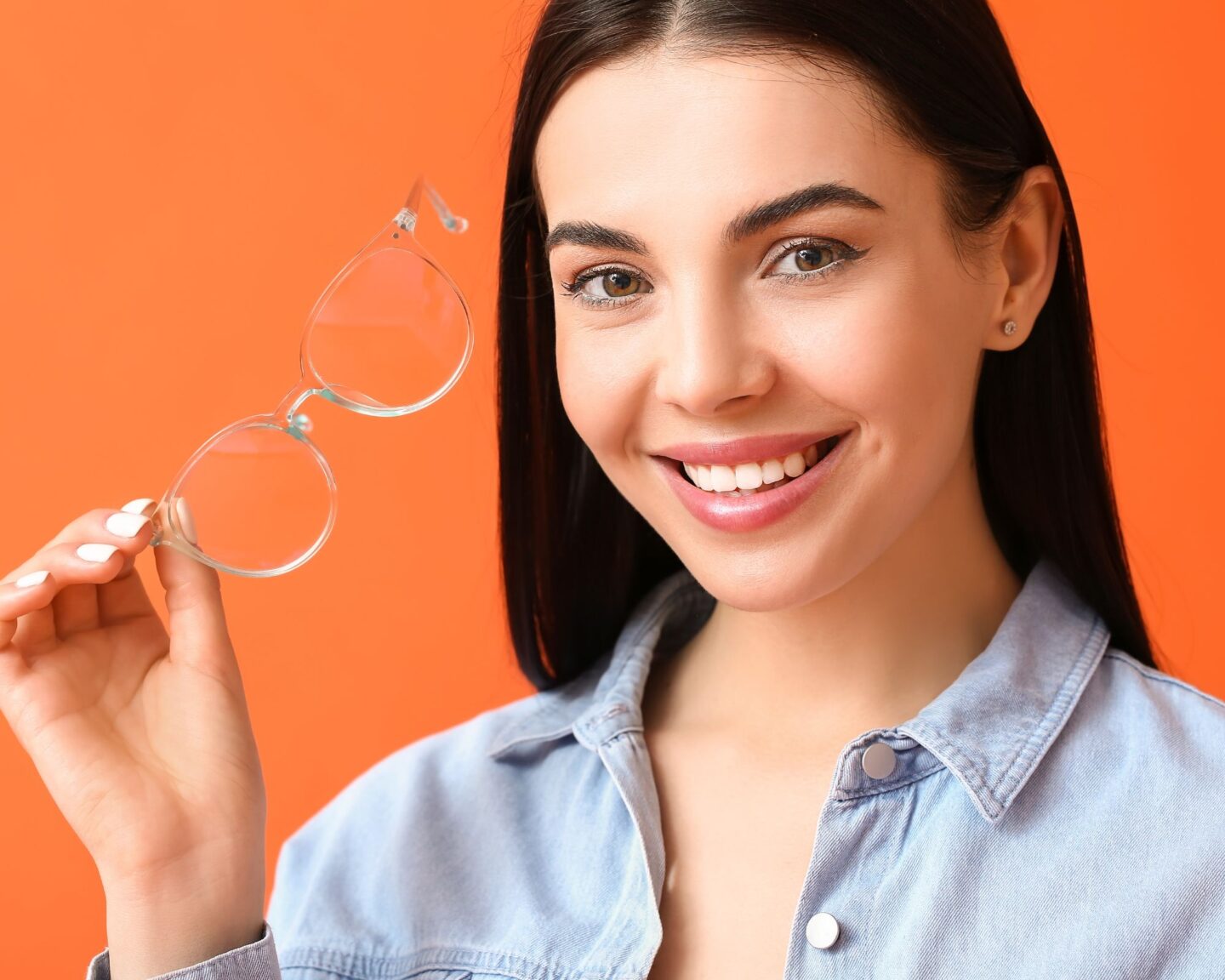

The eyecare industry is a part of basically everyone’s life; everyone should be visiting their optometrist annually or at least bi-annually. The eyewear industry affects only about half of the population of Americans, when in reality it should be affecting more. Knowing the statistics of these two industries is important for people of all ages. It’s also important to know the statistics of your age specifically. Let’s take a look at some of the more important age-specific eyewear statistics.
Today we’ll focus mainly on age-specific statistics, however statistics aren’t just divided by age, they can be divided by gender, country, lifestyle, etc. You can check out more eyeglasses statistics by Overnight Glasses, Mouqy Eyewear, and Eyeglasses.com.
Nearly 70% of Americans aged 18 and over need some form of vision correction
This statistic highlights the widespread need for vision correction in the US, with almost 70% of the adult population requiring some form of visual aid. Factors such as increased screen time, aging populations, and genetic predisposition to vision problems may contribute to this high prevalence. Especially people between the ages of 16 and 25 are looking at screens more than 3 hours per day. All that screen time can lead to serious problems like age-related macular degeneration. If you find yourself using your electronic devices more than three hours a day, talk to your eye doctor about lenses that selectively filter out harmful blue light that comes from LED screens.
8% of the adult population in the United States between 18 and 60 years of age wears corrective lenses of some kind
Considering nearly seventy percent of the adult population needs some form of vision correction, and only eight percent actually wears corrective lenses, the difference is pretty big. If you have some sort of refractive error (or any vision problem really) it is crucial that you take the steps necessary to get the corrective lenses that are right for your eyesight. These can include both eyeglasses and contact lenses. If you don’t get corrective lenses sooner rather than later, you are at risk of worsening your prescription. You’ll constantly be squinting to be able to see, which will put a strain on your eyes and will weaken your vision in the long run. Make sure to visit your optometrist yearly or at least every two years to find out sooner rather than later if you have a refractive error.
Refractive errors include nearsightedness and farsightedness. Nearsightedness is a vision condition when near objects are clear and objects farther away look blurry. This happens when the shape of the eye causes light rays to refract inaccurately. Farsightedness is a refractive error that makes objects that are near look blurry. This happens when the shape of the eye makes light focus behind the retina, instead of on it.
Most people start needing glasses sometime between the ages of 18 and 21
Needing prescription eyeglasses can be caused by many things, including genetics, surroundings and daily behaviors and habits. Vision problems can also be caused by underlying health conditions, such as diabetes or high blood pressure.
The majority of people in the United States over the age of 12 require optical correction to see clearly
Ocular capabilities gradually degrade with age. People usually end up developing visual ailments such as astigmatism, nearsightedness, and farsightedness. According to the National Center to Health Statistics, in 2019 25.3% of children aged 2–17 years wore glasses or contact lenses, and the percentage increased with age among both boys and girls. Among boys, 3.0% wore glasses among those aged 2–5 years, 20.0% among those aged 6–11 years, and 35.3% among those aged 12–17 years. Among girls, the corresponding percentages are 3.1, 26.4, and 48.2. The percentage was higher among girls than boys overall and among those aged 6–11 years and 12–17 years, but not in the youngest age group.
Jump in numbers around age 40
The number of people wearing corrective lenses changes quite dramatically with age. Around 59% of people ages 25-39 and 93% of people between the ages of 65 and 75 wear corrective lenses. The proportion of people wearing corrective lenses increases pretty rapidly after the age of 45. This may be because of presbyopia.
So now you know the most important age-specific eyewear statistics. You’ll now be able to make more educated decisions regarding anything in the eyewear and eyecare industries. The most important thing that you should remember is to always visit your optometrist, to prevent vision problems. Good luck on your vision journey!
This is a collaborative post. All views and texts are my own.